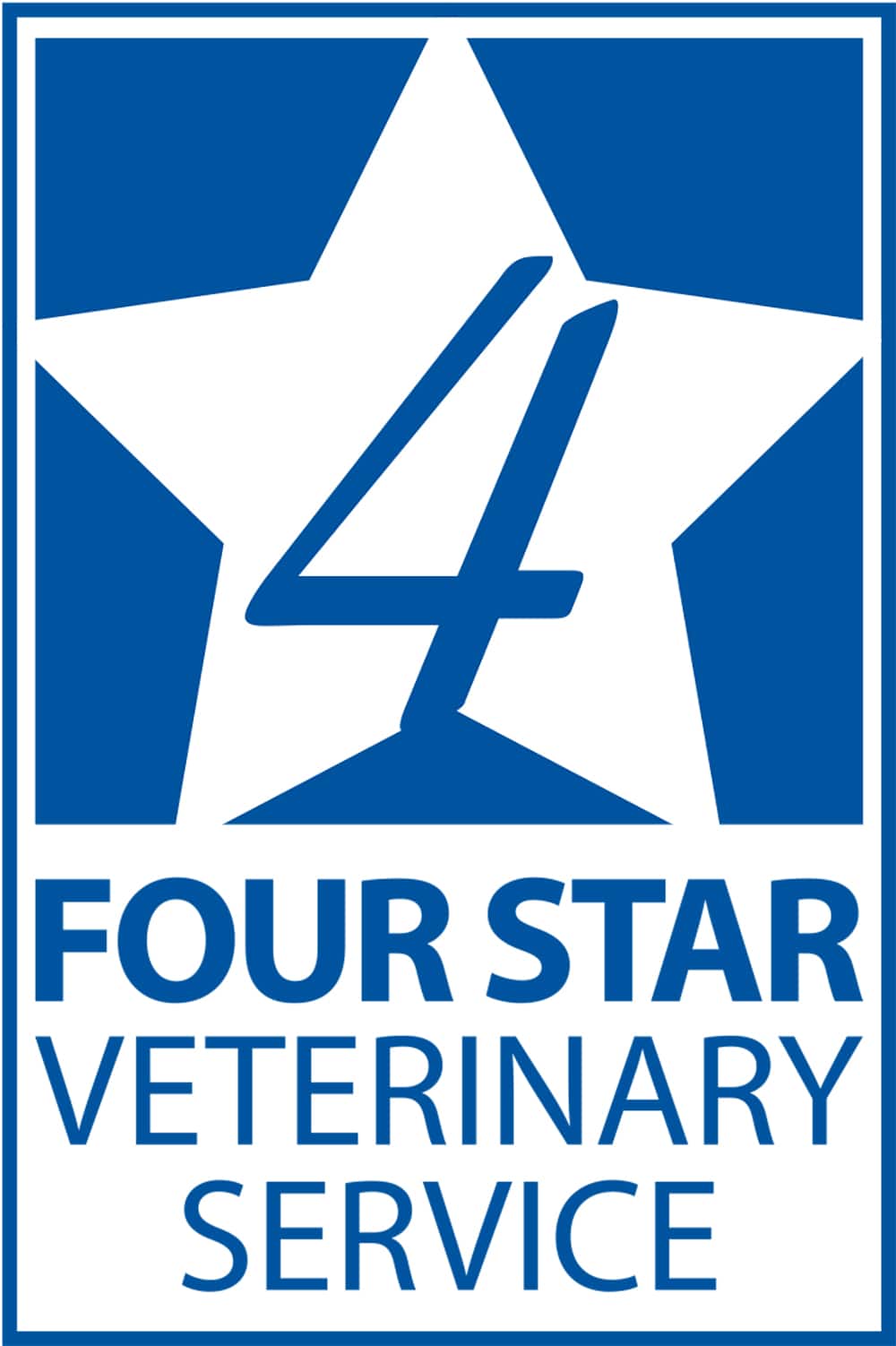Lameness issues continue to be a significant problem in sow herds, causing 40% to 50% of all sow removals, according to Bill Minton, DVM, Four Star Veterinary Service in Chickasaw, Ohio.
Reappearance of F18 E. coli strikes nursery pigs
A resurgence of the F18 strain of Escherichia coli (E. coli) in weaned pigs on a growing number of hog farms is causing a rise in mortality and a reduction in performance.
Early pregnancy testing in a beef herd pays off
Pregnancy testing cows in a beef herd can help producers make better decisions to improve their bottom line, but must be conducted early in pregnancy when the accuracy is high.
